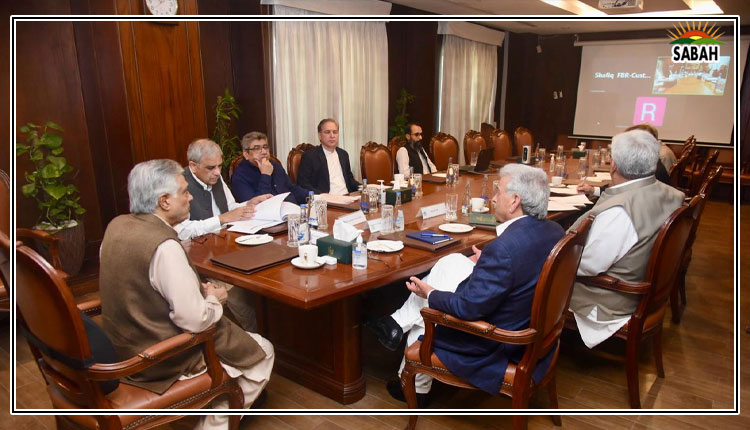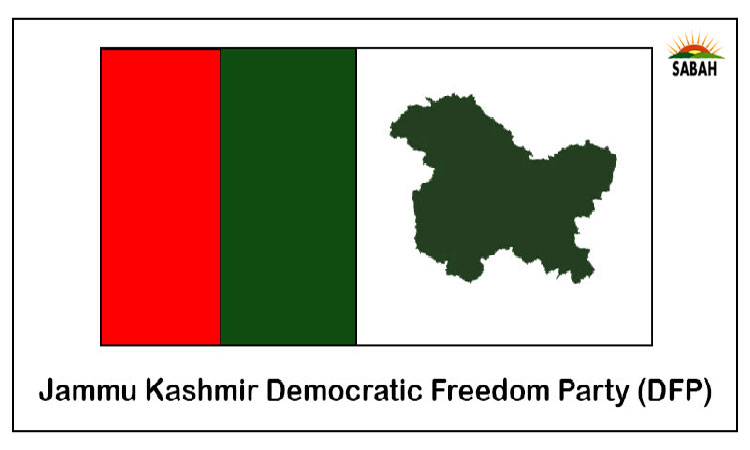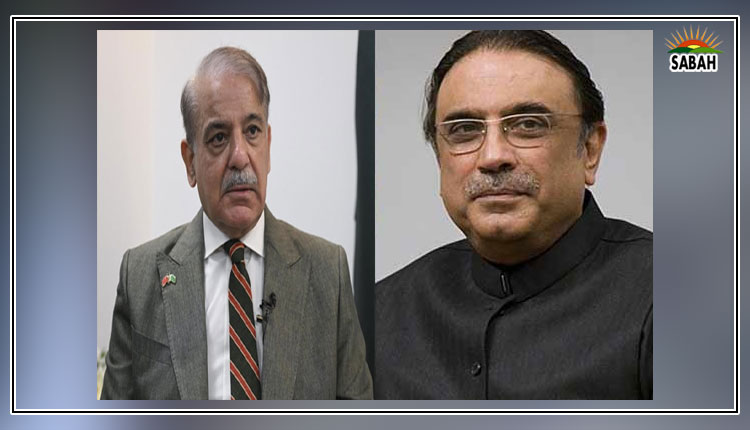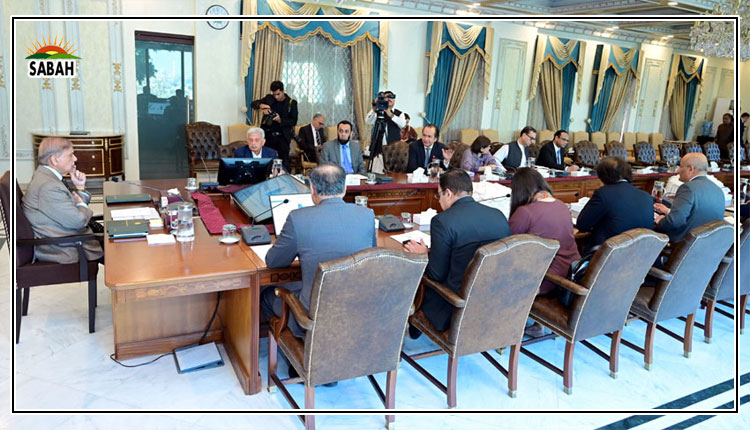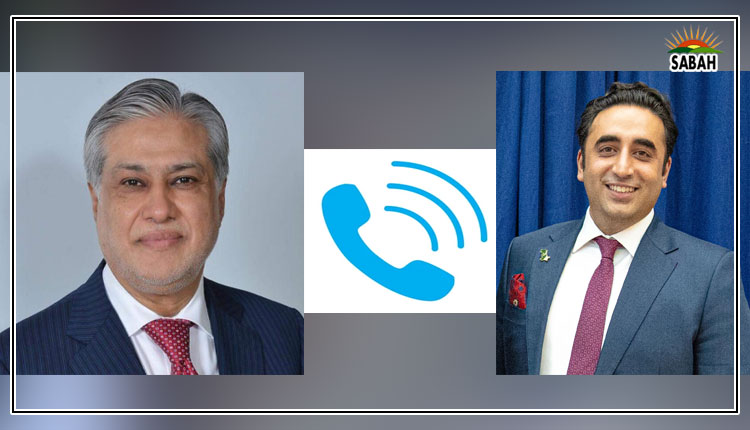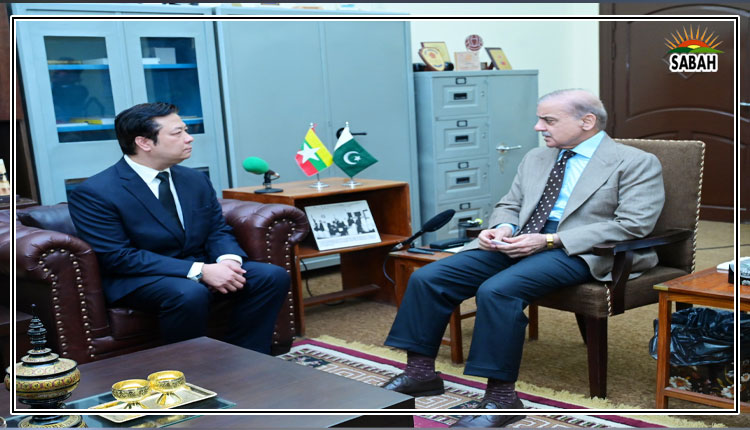IMF condition keeps dollar overvalued By Shahbaz Rana
The International Monetary Fund’s (IMF) condition of a market-based exchange rate for the past over two years has kept the US dollar overvalued by at least one-fourth, or Rs67, which also contributed to higher inflation and interest payments, a tax advisory firm claimed.
In its Economy Alert note, Tola Associates, a tax advisory and consultancy firm, argued that in the absence of the IMF condition, the average rupee-dollar parity would have been Rs211.5 by the end of October. If it is proven correct, it means that the average rupee value is currently weaker by around Rs67, or 24%.
However, the central bank, which is responsible under the law for managing the exchange rate regime, has long been saying that the current rupee-dollar parity is in line with market expectations.
For the past three years, the Pakistani rupee has traded at a higher value, which has adversely affected the national economy, according to the advisory firm.
It added that if the rupee-dollar parity was adjusted to reflect its estimated real average value of Rs211.5, it could have transformative economic benefits.
The Rs211.5-to-a-dollar parity has been worked out on the basis of the estimated average value of the currency during fiscal years 2022-23, 2023-24 and the first four months of the current fiscal year.
If there were no IMF condition about the exchange rate, the rupee would not have been equal to Rs278 to a dollar in 2023-24 and it would also have been much lower in the preceding year, said Ashfaq Tola, former chairman of the Reform and Revenue Mobilisation Commission.
He said that due to the IMF’s condition, the rupee was trading around Rs238 to a dollar in September 2022 but within the first week of Ishaq Dar joining as the finance minister the dollar sank to Rs218 without any fundamental economic changes.
Last month, Dar, who is now the Deputy Prime Minister, said that based on the economic fundamentals, the rupee value should not be more than Rs240 per dollar. He also opposed a flexible exchange rate regime, arguing that it was hurting both the economy and the general public.
According to the Real Effective Exchange Rate (REER) for September, the parity should have been Rs235 to Rs240 to a dollar, Dar said. REER is the inflation-adjusted value of the rupee compared to other currencies.
According to the advisory firm, had the rupee been trading around its estimated three-year average of Rs211.5/$, the average 8.7% inflation for the July-October period could have turned into deflation of 4.67%.
The deflationary trend would enable the government to reduce interest rate to below 2%, creating significant fiscal space. Such adjustments could result in government savings of approximately Rs6.4 trillion, offering a substantial opportunity to allocate resources for development and economic growth, the advisory firm claimed.
It estimated that a 1% decline in interest rate would reduce domestic debt repayment by Rs475 billion in the current fiscal year.
One of the core objectives of the IMF programme is to establish an “appropriate monetary policy to bring down inflation and exchange rate flexibility to aid in the rebuilding of reserves.” At the time of approval of a $7 billion loan programme last month, the IMF directors emphasised the importance of allowing the exchange rate to serve as a shock absorber, enhancing competitiveness and helping rebuild reserves.
Critics of the current exchange rate policies argue that the central bank has kept the rupee at an artificially lower level of Rs278 to a dollar. Dar also stated that the higher dollar value was contributing to inflation and increasing the external debt burden.
The deputy prime minister said that he was not in favour of a free exchange rate regime, asserting that there should be only one indicator – REER. Dar, who had been a strong proponent of a stable currency, clarified that it was his personal view.
However, the central bank is taking advantage of an undervalued rupee by buying dollars from the open market in the absence of major foreign debt-related inflows.
In the last fiscal year, the central bank bought over $6 billion from the market, which was only possible due to the undervalued rupee. In July alone, the central bank bought about $722 million from the local market.
Courtesy (Express Tribune)



